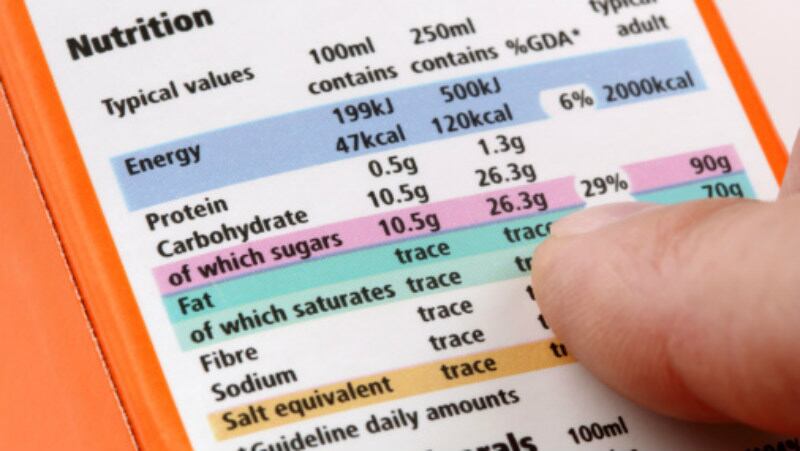The updates were made by Japan’s Ministry of Education, Culture, Sports, Science and Technology (MEXT) via amendments to the Standard Tables of Food Composition in Japan (Standard Tables), now in its eighth revision, which is used by local processed food firms for product nutrition labelling.
Since April 2020, it has been compulsory under Japan’s new labelling system to label processed food products.
One of the main changes made by MEXT was to further breakdown or subdivide carbohydrate types in a food product’s ingredients – so instead of saying a product has just a certain composition of ‘carbohydrates’, food labels now have to specify these further into subcategories such as ‘monosaccharides’ (simple sugars), ‘dietary fibre’ and ‘sugar alcohols’.
“The demand of processed foods [such as] frozen, chilled, retort pouches, ready-to-eat and so on [is] increasing in Japan due to changes in factors such as individual eating habits,” said the ministry via official documentation.
“The Standard Tables are the only official data on food ingredients [and] reference material for nutritional management and guidance in Japan [including] the labelling of processed foods, [so it is necessary to update accordingly].
“To support dietary management based on sugar and energy (calories), [we have] divided ‘carbohydrates’ into ‘available carbohydrates’ such as starch and mono-/disaccharides (which contribute more to calories), and other categories like dietary fibre and sugar alcohols [which contribute less to calories].”
Starch, monosaccharides and disaccharides are simpler sugars which are highly digestible in the gut, thus tend to contribute more to calories, whereas carbs like dietary fibre and sugar alcohols are poorly digestible and hence will not produce as many calories.
“It is important to show the breakdown of carbohydrate types in each food in order to correctly grasp the actual amount of sugar intake and energy (calorie) intake [that consumers are consuming],” said MEXT.
“[Along these lines, we have also made changes to the energy (calorie) calculations in the 2020 edition of the Standard Tables which will reflect the actual conditions of energy (calorie)-producing ingredients more accurately.”
So for example, where previous editions calculated ‘carbohydrates’ by just removing other components such as proteins and fats to get a final value for calorie conversion, the new method will go further to separate the energy conversion bases on either ‘available carbohydrates’ or ‘dietary fibres/sugar alcohols’ as above.
This is significant as it means consumers who read nutrition labels will now have a much clearer idea of just how much of the carbohydrate content in the food products being purchased are contributing to sugar and caloric content – items they tend to want to avoid if in pursuit of healthier diets.
All food products making nutritional claims such as low-calorie, low-salt or functional claims also need to follow the Standard Tables’ values and calculation methods, so it may also become a tad harder for firms to achieve values required for making these claims.
As an example, according to the Ministry of Health, Labour and Welfare Japan, a food product must not contain more than 40kcal per 100g (food) or 20kcal per 100ml (liquid) to make a low-calorie claim - All F&B products will need to meet these conditions under the new calculation criteria as well in order to maintain the low-calorie claim.
Ingredient breakdowns
MEXT has also significantly increased the number of food ingredients (or ‘energy-producing components’) included in the Standard Tables to be used for energy calculation across its amino acid, fatty acid and carbohydrate composition tables.
“The amino acid composition table has been increased by 396 foods to 1,954 foods (from 1,558 in the seventh edition) to calculate protein content, the fatty acid composition table by 137 foods to 1,919 foods (from 1,782) to calculate fat content and the carbohydrates composition table by 223 foods to 1,075 foods (from 852) to calculate carbohydrate content [more accurately],” said MEXT.
“The update has also enhanced the information and explanations for these foods [and] will make for better estimation of each foods’ nutritional content [post-processing] or cooking.
“[At the end of the day], this upgrade initiative is meant to enhance the scientific accuracy of the Standard Tables, [but] we are not denying the conventional simple energy calculation methods [if consumers choose to use those for their dietary management].”





